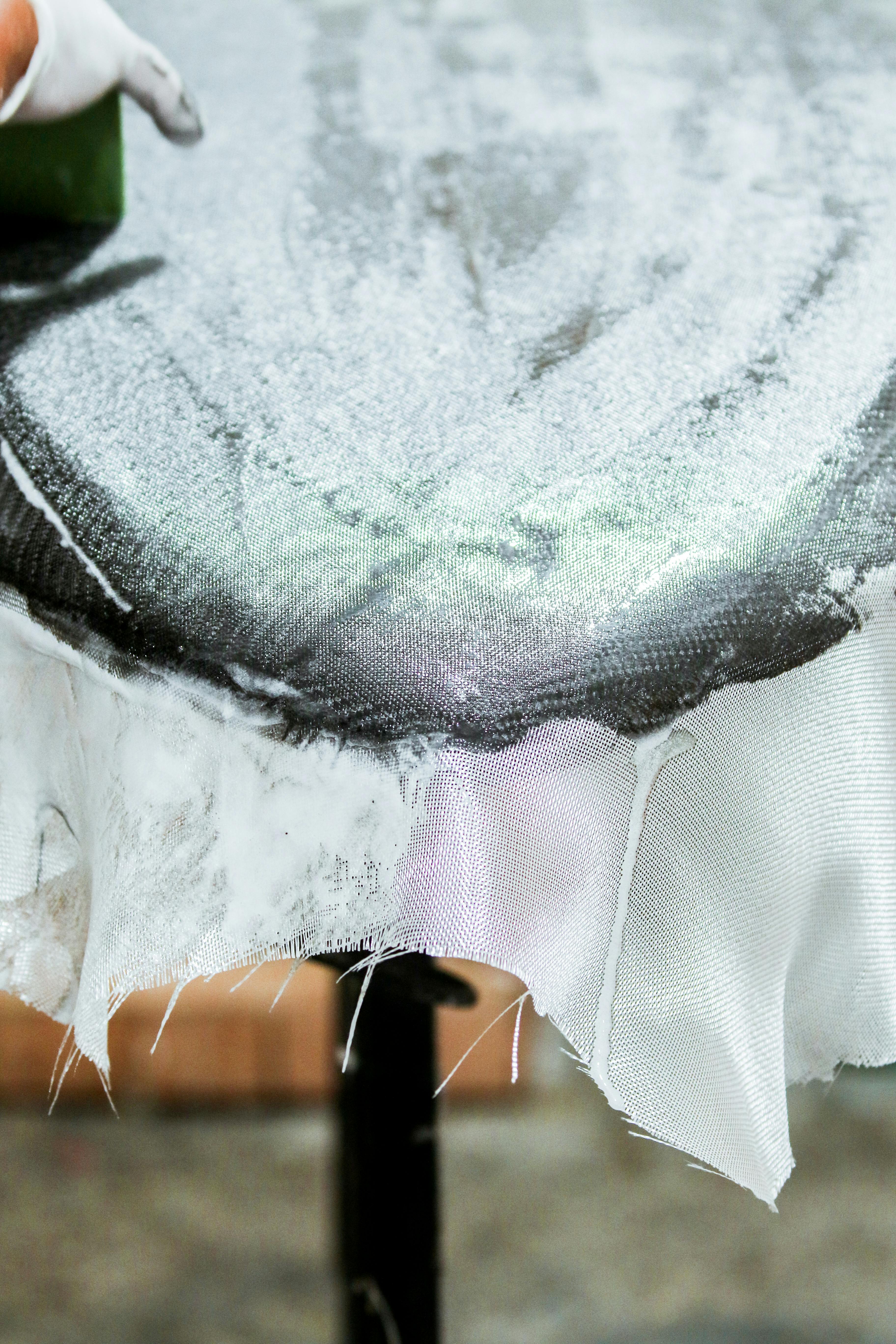In the competitive landscape of industrial manufacturing, overcoming challenges in decorative surface finishing is crucial for product differentiation and market success. At Prime Colors, we recognize that the right coating technology can turn ordinary materials into extraordinary products, enhancing aesthetic appeal and functional performance. This blog delves into common challenges faced in decorative surface finishing and how advanced coating solutions can effectively address them.
One of the most prevalent challenges is achieving consistent color accuracy across production runs. Variations in pigment dispersion and application techniques can lead to color discrepancies that affect brand integrity. Our solid color coating technology utilizes advanced pigment dispersion systems, ensuring uniform color application that meets Pantone specifications. This technology is vital for manufacturers aiming to maintain brand consistency across diverse product lines.
"Consistent color reproduction is not just a goal—it's a necessity for building brand loyalty in today's competitive market." - Prime Colors Technical Team
Moreover, surface durability is another significant concern. Products in high-usage environments often experience wear and tear, necessitating coatings that not only look good but also withstand the rigors of daily use. Our PE coating technology significantly improves moisture barrier properties by over 300%, making it ideal for packaging and furniture applications where durability is paramount.
How Can Surface Preparation Enhance Coating Effectiveness?
Surface preparation plays a critical role in the adhesion and longevity of decorative coatings. Properly prepared surfaces ensure optimal adhesion, reducing the risk of peeling or chipping. At Prime Colors, we provide high-quality printbase and plain base paper that have been engineered to optimize these properties. For example, our printbase paper features controlled moisture content and dimensional stability, which are essential for achieving superior coating results in the laminate manufacturing process.
- Enhanced adhesion properties leading to longer-lasting finishes.
- Reduced risk of surface defects and failure during use.
- Improved aesthetic quality of the final product.
- Consistent results across varied production batches.
- Greater efficiency in the application process, minimizing waste.
In conclusion, investing in advanced decorative surface finishing technologies not only addresses common challenges but also provides a substantial return on investment. By enhancing product durability, appearance, and brand consistency, manufacturers can ensure their products stand out in a crowded market. If you are ready to elevate your surface finishing solutions, we invite you to Request a Technical Consultation to discuss tailored options that meet your specific needs.
